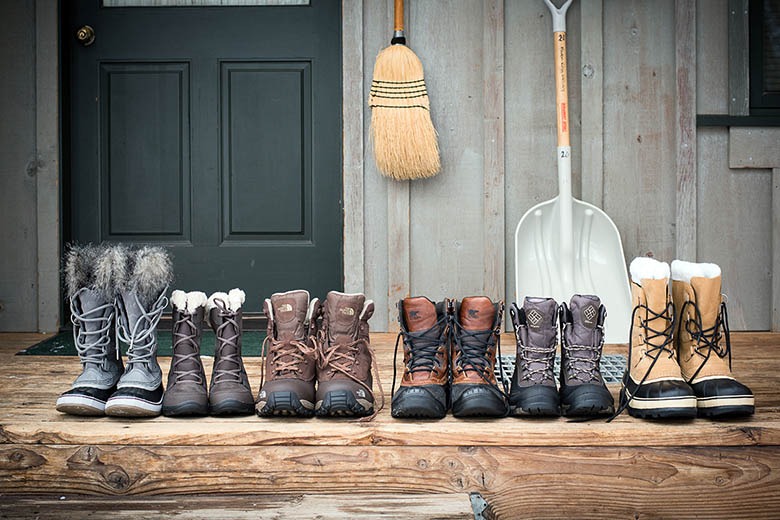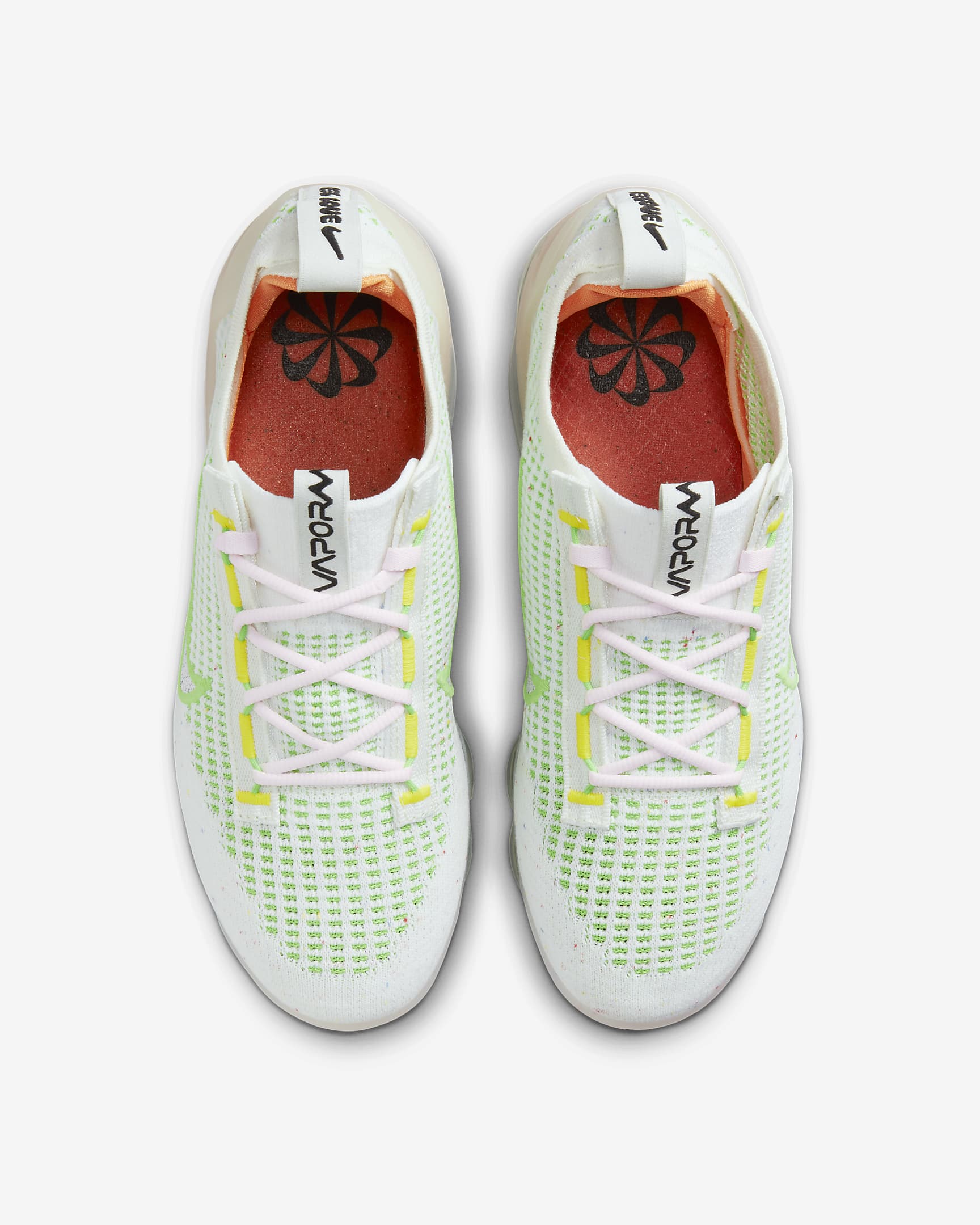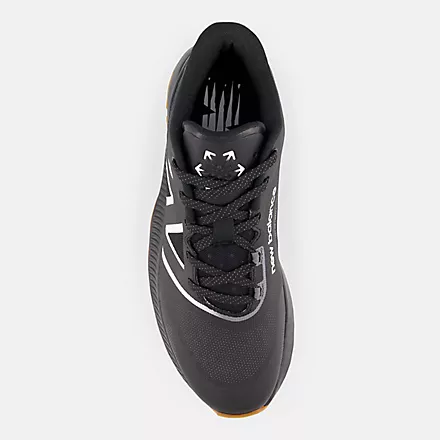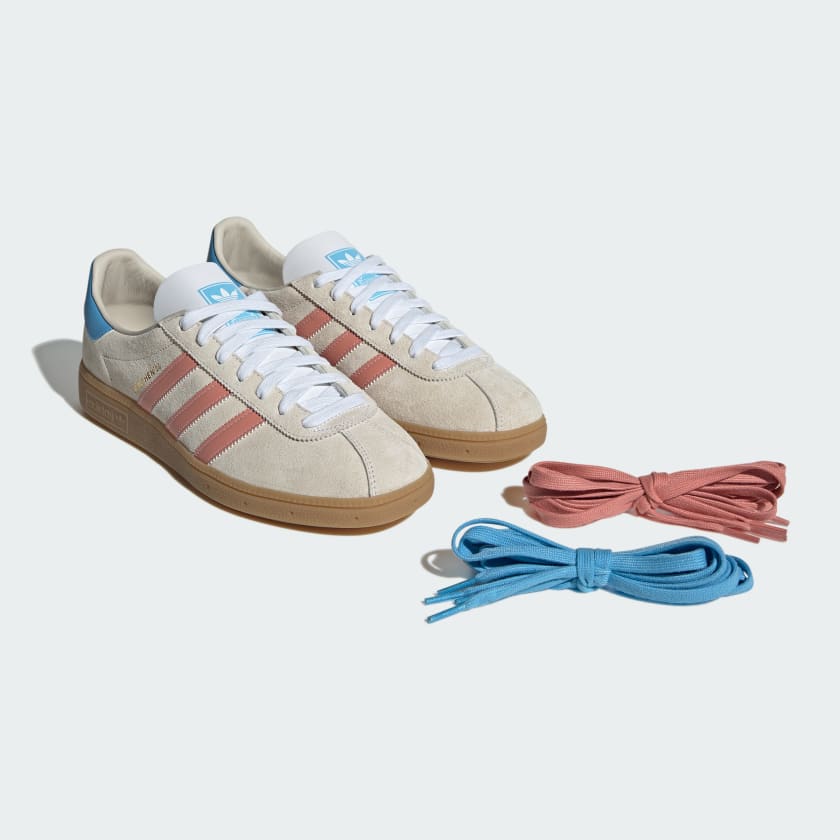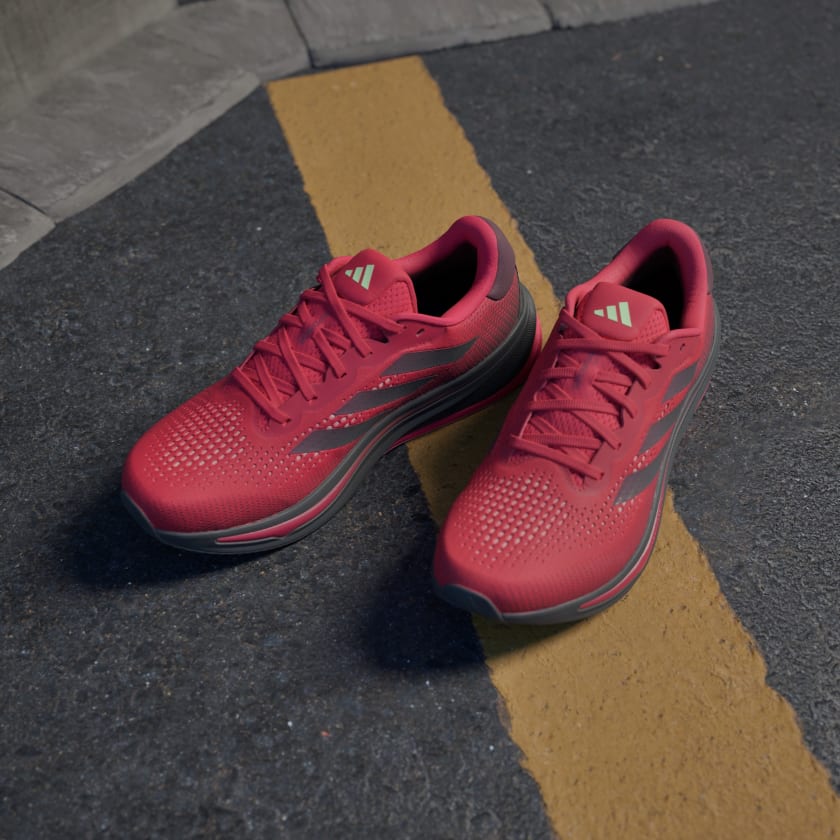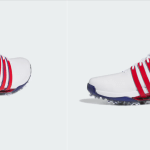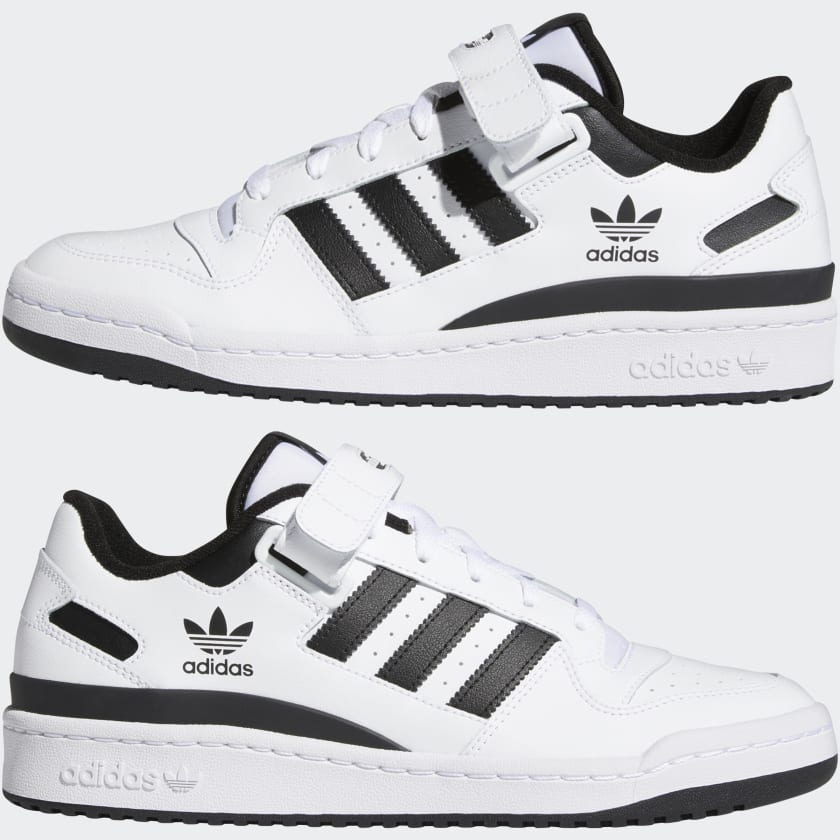To choose the right winter boots, look for ones with lugged outsole treads for better traction on snow and ice. Opt for large tread patterns that are self-cleaning to prevent snow buildup.
Additionally, select boots with grippy outsoles made from a rubber compound that remains flexible in the cold. These features will ensure you stay steady on slippery surfaces during the winter months. When shopping for winter boots, it’s essential to prioritize safety and comfort.
The right pair should offer excellent traction to prevent slips and falls on icy terrain. Moreover, choosing boots with a snug fit and proper insulation will keep your feet warm and cozy in cold weather conditions. By considering these factors, you can confidently select winter boots that are both stylish and functional for the season ahead.
Introduction To Winter Boots
Discovering the perfect winter boots involves selecting ones with a grippy outsole for traction on snowy surfaces. Opt for boots with a lug pattern to prevent snow buildup and ensure warmth and comfort while walking in colder conditions. Choose the right fit to balance support and insulation for ultimate winter comfort.
Importance Of The Right Fit
Getting the right fit for your winter boots is crucial. A poor fit can lead to discomfort, blisters, and even injury. When choosing winter boots, make sure to consider the following:- Choose boots that fit snugly but not too tight. This allows for proper circulation and keeps your feet warm.
- Make sure there’s enough room for thick socks.
- Try on boots at the end of the day when your feet are at their largest.
- Walk around in the boots to ensure they’re comfortable and provide adequate support.
Key Features Of Winter Boots
When selecting winter boots, there are several key features to consider. These features will help ensure your boots provide the necessary warmth, comfort, and protection you need during the winter months. Some of these features include:| Insulation | Look for boots with insulation such as Thinsulate, which provides warmth without adding bulk. |
| Waterproofing | Choose boots with waterproof materials such as Gore-Tex to keep your feet dry in wet winter conditions. |
| Traction | Opt for boots with a sturdy outsole that provides excellent traction on slippery surfaces. Look for deep treads or multidirectional lugs to enhance grip on snow and ice. |
| Height | Consider the height of the boots based on your needs. Higher boots provide more coverage and protection while shorter boots offer more flexibility and mobility. |
| Closure System | Choose a closure system that fits your needs and preferences. Laces provide a customizable fit while zippers offer convenience and ease of use. |
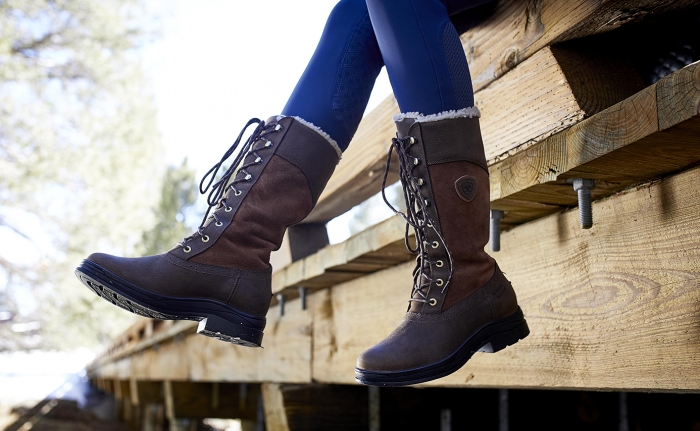
Credit: www.thedrillshed.com
Evaluating Boot Insulation
Types Of Insulation Materials
When choosing winter boots, consider different insulation materials like:
- Thinsulate: Synthetic material known for warmth without bulk.
- PrimaLoft: Provides excellent warmth even when wet.
- Wool: Natural material offering insulation and moisture-wicking properties.
Insulation Thickness And Warmth
Insulation thickness directly impacts warmth level. Look for:
- Thicker insulation: Offers more warmth in extreme cold conditions.
- Thinner insulation: Suitable for milder winter climates.
Waterproofing For Dry Feet
When it comes to choosing the right winter boots, one of the most crucial factors to consider is waterproofing. Ensuring your feet stay dry and warm during the cold and wet winter months is essential for overall comfort and foot health.
Materials And Technologies
There are various materials and technologies used in winter boots to provide waterproofing. Some common materials include Gore-Tex, eVent, and proprietary waterproof membranes. These materials are designed to repel water while allowing moisture from inside the boot to escape, keeping your feet dry and comfortable.
Testing For Waterproof Efficiency
Manufacturers subject their boots to rigorous testing to ensure waterproof efficiency. This often involves simulating various wet conditions to determine the boots’ ability to repel water. Boots that pass these tests are labeled as waterproof and provide a reliable barrier against moisture.
Traction And Outsole Design
When it comes to choosing the right winter boots, traction and outsole design are crucial factors to consider. The right traction and outsole design can provide stability and grip on icy and slippery surfaces, ensuring safety and confidence during the winter months.
Lug Patterns For Grip
Lug patterns, or the raised patterns on the outsole of the boot, play a significant role in providing grip and traction on various surfaces. Look for boots with deep and multidirectional lug patterns, as they can enhance grip on snow and ice by digging into the terrain, providing better stability and preventing slips.
Rubber Compounds In Cold Weather
During cold weather, it’s essential to opt for boots with outsoles made from rubber compounds that remain flexible in low temperatures. These compounds prevent the outsole from hardening, ensuring that the boots maintain their grip and traction even in freezing conditions.
Boot Height And Coverage
When it comes to selecting the right winter boots, considering the height and coverage of the boots is crucial. The height and coverage of the boots can impact their warmth, protection, and overall functionality. Understanding the differences between ankle and calf-high boots and knowing when to opt for taller boots can help you make an informed decision.
Ankle Vs. Calf-high Boots
Ankle boots typically end at or just above the ankle, providing a more casual and versatile look. They are often lighter and more flexible, making them suitable for everyday wear. On the other hand, calf-high boots extend higher, offering increased coverage and protection from snow, cold, and moisture. These boots are ideal for more extreme weather conditions and outdoor activities.
When To Opt For Taller Boots
- Heavy Snow: Taller boots are preferable when navigating through heavy snow, as they provide better coverage and prevent snow from entering the boots.
- Deep Cold: In extremely cold conditions, calf-high boots offer more insulation and protection for your lower legs and feet.
- Outdoor Activities: For activities such as hiking, snowshoeing, or trekking in rugged terrain, taller boots offer enhanced support and stability.
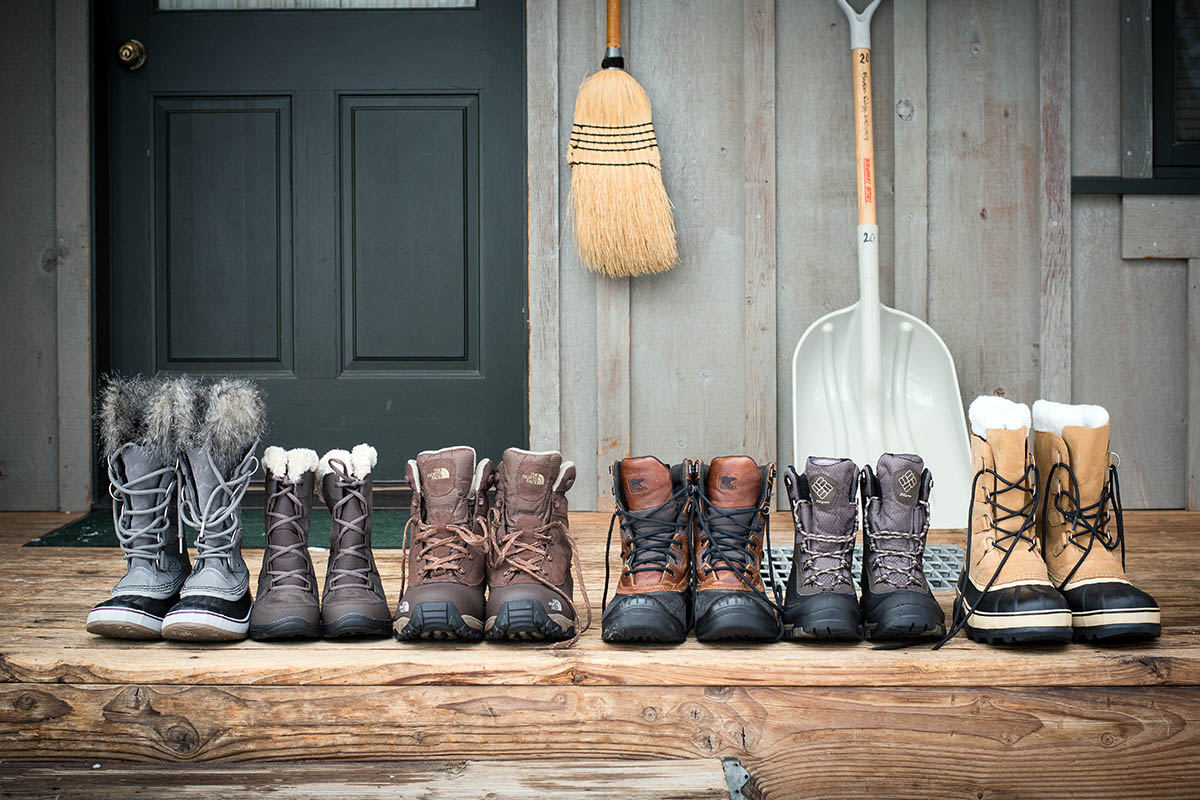
Credit: www.switchbacktravel.com
Fit And Sizing Tips
When it comes to choosing the right winter boots, fit and sizing are crucial factors to consider. Ill-fitting boots can lead to discomfort and even frostbite, while properly fitting boots can keep your feet warm and dry during the coldest months of the year.
Balancing Fit And Insulation
When selecting winter boots, it’s important to strike a balance between a snug fit and adequate insulation.
A boot that is too tight can restrict blood flow, leading to cold feet, while a boot that is too loose may not provide sufficient insulation. It’s recommended to try on boots with the socks you intend to wear to ensure the right balance between fit and insulation.
Adjusting For Sock Thickness
Consider the thickness of the socks you will be wearing with the boots.
If you plan to wear thick wool socks, you may need to size up to accommodate the extra bulk. On the other hand, if you prefer thin socks, sticking to your regular shoe size may be sufficient. Be mindful of the space around your toes and the overall comfort when trying on boots with different sock thicknesses.
Additional Boot Features
When choosing the right winter boots, it’s essential to consider various additional features that can enhance comfort, performance, and protection in cold and snowy conditions. In addition to insulation and waterproofing, paying attention to specific boot features can make a significant difference in your winter footwear selection.
Lacing Systems
Lacing systems play a crucial role in the fit and support of winter boots. Opt for boots with adjustable lacing systems that allow you to customize the fit according to your comfort level and activities. Look for quick-lace systems for convenience and easy adjustment, especially in cold weather conditions.
Cushioning And Support
Cushioning and support are vital for comfort and stability during winter activities. Choose boots with ample cushioning in the midsole to absorb impact and provide all-day comfort. Look for arch support and ankle stability features to prevent fatigue and reduce the risk of injuries while trekking through snow and ice.

Credit: royalcanadiancollective.com
Style Versus Functionality
Choosing the right winter boots involves finding a balance between style and functionality. Opt for boots with a grippy outsole and adequate insulation to keep your feet warm and provide traction on icy surfaces. Consider factors like fit, material, and tread pattern for a versatile and durable winter footwear option.
When it comes to choosing the right winter boots, it’s important to consider both style and functionality. While you want to look good, you also need to ensure that your boots will keep your feet warm and dry in cold and snowy conditions. In this post, we’ll explore the balance between style and functionality when selecting winter boots.Fashionable Choices
If you’re looking for boots that are both stylish and functional, there are plenty of options available. Many brands offer boots that are designed with both fashion and function in mind, so you don’t have to sacrifice one for the other. Some fashionable choices include:- Leather boots with fur trim
- Suede boots with shearling lining
- Ankle boots with a chunky heel
- Combat boots with a lug sole
When Function Beats Style
Sometimes, functionality has to take priority over style, especially in extreme weather conditions. If you live in an area with harsh winters or plan to spend a lot of time outdoors in cold weather, you may need to opt for boots that prioritize function over fashion. Some examples of boots that prioritize function include:| Boot Type | Functionality |
|---|---|
| Snow boots | Waterproof and insulated for extreme cold and snow |
| Hiking boots | Sturdy and durable for outdoor activities |
| Work boots | Protective features like steel-toe and slip-resistant soles |
Accessorizing Your Winter Boots
When it comes to accessorizing your winter boots, there are a few key considerations to keep in mind. From adding traction devices for extra grip to caring for your winter boots, these accessories play a crucial role in ensuring your safety and comfort during the colder months.
Traction Devices For Extra Grip
When navigating icy and slippery conditions, traction devices are essential for providing extra grip and stability. These devices, such as crampons or ice cleats, can be easily attached to the soles of your winter boots, allowing you to confidently maneuver through treacherous terrain. Look for options with durable spikes and secure fastenings to ensure reliable traction in various winter weather conditions.
Caring For Your Winter Boots
Proper maintenance and care are vital for ensuring the longevity and performance of your winter boots. To protect them from the harsh elements, consider investing in waterproofing sprays or waxes specifically designed for the materials of your boots. Regularly cleaning off salt and debris, conditioning the leather, and storing your boots in a cool, dry place can help prevent damage and maintain their quality.
Making The Final Decision
When making the final decision on winter boots, prioritize traction for icy conditions. Opt for boots with a grippy, self-cleaning outsole to prevent slipping. Ensure a snug fit for comfort and warmth, balancing support and insulation.
Budget Considerations
When making the final decision on winter boots, consider your budget.
Ensure the boots you choose fit within your financial constraints.
Long-term Durability And Use
Think about the durability of the boots for long-term use.
Choose a pair that will withstand harsh winter conditions for several seasons.
Frequently Asked Questions
What Kind Of Boots Do I Need For Winter?
For winter, opt for boots with “lugged” outsole treads for better traction on slick, snowy, and icy surfaces. Look for a rubber compound outsole with a lug pattern to prevent snow buildup, providing grip and stability in winter conditions.
How Do I Know If My Boots Are Good For Winter?
To know if your boots are good for winter, look for those with a grippy outsole made of rubber that doesn’t harden in the cold. The outsole should have a lug pattern to prevent snow buildup. Additionally, choose boots with insulation and waterproofing.
A properly sized boot should be large enough to accommodate thick socks but snug enough to prevent circulation issues. Consider the height of the boots based on your needs.
Is It Better For Winter Boots To Be Tight Or Loose?
Snow boots should fit snugly for support and insulation. A looser fit offers more warmth and comfort, but tight boots can cause circulation issues and walking problems.
How Do I Choose Snow Boots?
Choose snow boots with sturdy outsoles for traction on slippery surfaces. Look for deep treads or lugged soles to enhance grip on snow and ice. Consider the height of the boots based on your needs. Ensure a comfortable and supportive fit for warmth and insulation.
Conclusion
Choosing the right winter boots is crucial for comfort and safety in cold weather. By considering insulation, traction, and fit, you can find the perfect pair. Remember to prioritize warmth, waterproofing, and a good grip to navigate winter conditions effectively.
Stay cozy and stylish with the ideal winter boots!
